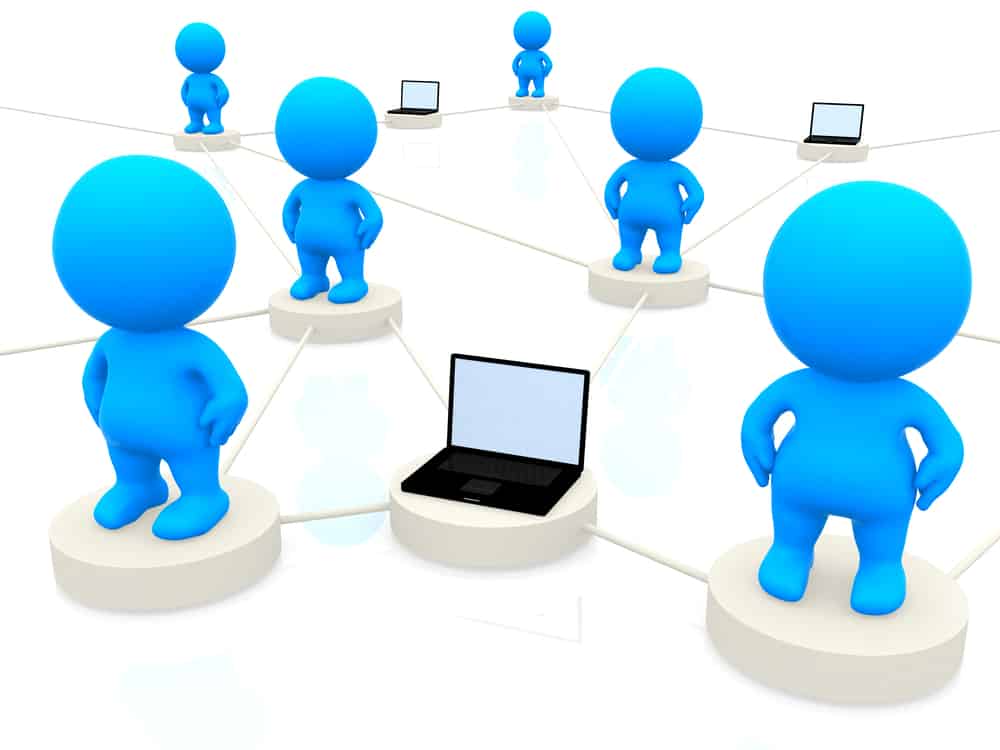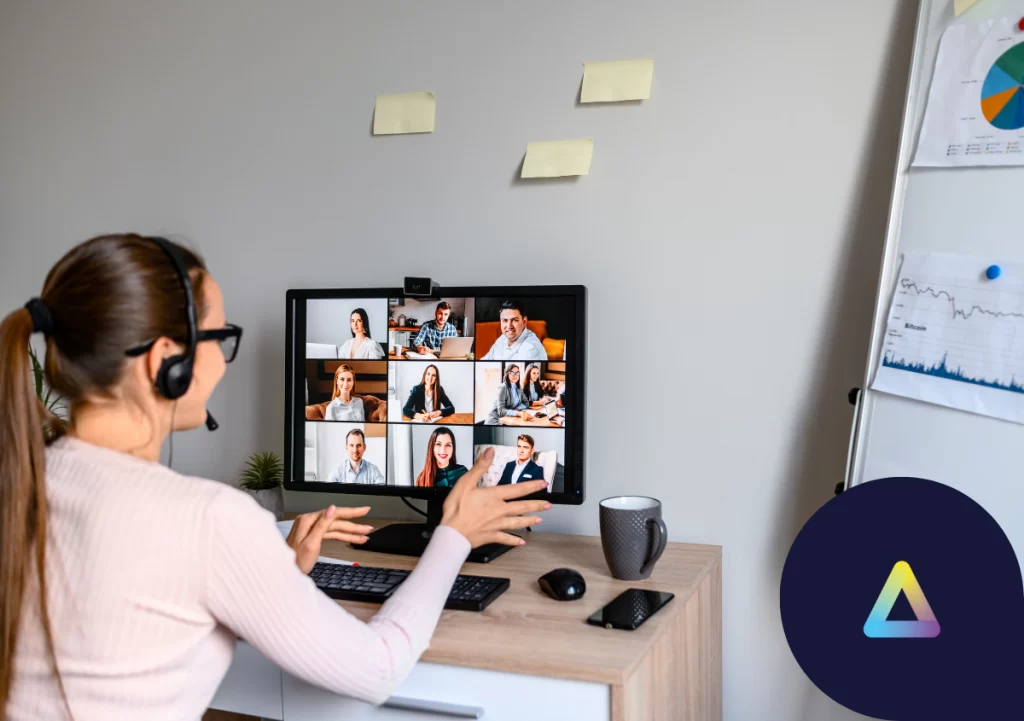The working landscape has indisputably changed worldwide: where we work and how we work has changed dramatically and in the case of the BPO and CX industry, WaH has been deployed on a massive scale around the world. We talked about the speed and scale of the movement from brick and mortar to WaH in a recent webinar with @peteryan and@rodjones. Based on our experience working with some of the leading BPO and contact centers in the world, I want to share five tips for rolling out work at home (WaH) quickly, easily and most importantly, securely.
1. Secure the most vulnerable part of the WaH environment
The endpoint – the device or computer – depending on the terminology you use – is the point of contact between the agent and their corporate network, so it’s no surprise that the endpoint is the most vulnerable part of any WaH deployment. It’s where the agent interacts with corporate information and accesses potentially secure and sensitive data so the agent’s machine needs to be given the same level of security that would be found in a brick and mortar location. Peter Ryan (in a recent webinar hosted by ThinScale), noted that high levels of security and data protection are the number one priority for prospective customers when considering BPOs.
Click here to access the above webinar on demand!
Why is this? Data is the lifeblood of a BPO or contact center and for anyone dealing with sensitive data – be that financial or personal – the protection of the data is key. While you may have strong network protection in place with a great VPN and top of the line antivirus, if your device is unsecured (e.g. if your users can freely access their Internet browser), then your weakest link is exposed. Strong compliance standards within this industry (PCI DSS, GDPR, and in some cases HIPAA) are vital. While it is easier to ensure that security and compliance are enforced on premises, moving an employee to WaH without factoring this in is a recipe for disaster.
 “Secure Remote Worker is instrumental in certifying Teleperformance’s work from home platform, especially when it comes to BYOD and ‘compensating control’ to achieve PCI compliance.” – Marlon Beltz, Director of Desktop Virtualization/WaH, Teleperformance
“Secure Remote Worker is instrumental in certifying Teleperformance’s work from home platform, especially when it comes to BYOD and ‘compensating control’ to achieve PCI compliance.” – Marlon Beltz, Director of Desktop Virtualization/WaH, Teleperformance
2. Consider BYOD in order to reduce logistical challenges
Managing devices under normal circumstances is costly and time consuming, even with dedicated teams looking after them. Managing devices for WaH involves an added layer of complexity when you have to also purchase, distribute, configure and support. As we’ve seen over the past few months, purchasing devices has taken days and even more time before the agent receives their device. This meant days of downtime and that you’re still paying for. Essentially, part of your role becomes hardware distribution and that is neither cost effective nor scalable.
The alternative is to leverage agent-owned devices, essentially a BYOD (Bring your own device) approach to WaH for your agents. In many markets, agents have their own personal computer. Using this resource makes sense for both the employer and the employee – it clearly reduces costs for the employer but it has many benefits for the employee too, including the fact that they are using a device that they are comfortable with – straight away you’ve reduced your support queries.
Now that you have your device in place, you need to ensure that the device is locked down, secure and compliant. Once that’s done, your WAH set up is as good as it was in the office.
3. Centralize the management of devices to reduce downtime
Now that you have a secure and compliant device for your agent to work on, it’s important to consider how to keep this device up to date and supported while working from home. In a brick and mortar scenario, devices could be kept on the company domain and updated via policy or through a 3rd party management solution. Working at home makes this process a little harder if you don’t have the right set up in place. When company owned devices are used for WAH, agents need to send their devices back to the IT department when an update or fix is needed This means downtime of 3-4 days.
Using a central management platform for your WaH agents allows you to to avoid this logistical nightmare and ensure productivity is not affected. Depending on the platform you are using , the level at which you can control and monitor your agents’ devices can vary. For example, Secure Remote Worker’s management solution, the ThinScale Management platform, will allow the IT team to control, push updates (both for Windows and individual applications), and perform in-depth audits across all of your agent devices. A central management system makes life easier all around and helps ensure consistent productivity from agents. “Secure Remote Worker saves time troubleshooting PC’s and has cut the initial deployment failure rates from 30% down to around 5%.“
“Secure Remote Worker saves time troubleshooting PC’s and has cut the initial deployment failure rates from 30% down to around 5%.“
4. Simplify the onboarding process with easy to install apps
When onboarding your WaH agents, simplicity is key as the easier it is to get up and running, the more quickly the agent can begin work. There is a risk especially in WaH that if theagents are not onboarded quickly, they can get lost in the process. It will take a much longer time to get them up and running and in many cases you can lose your new recruit as a result.
This early stage of onboarding is vital. IT should have an onboarding plan in place to get users up and running quickly. However, IT should also try and limit the touches and “handholding” that can potentially occur during the onboarding process. Why? Like all of us, IT teams have a finite amount of time a day and cannot be spending all their productive hours trying to ensure that agents are able to install a programme or walking them through updating their device OS.
So what should you do? Automate. Ensure agent devices are run through preliminary checks before attempting to install any software on them. Provide them with easily accessible guides so that they can fix issues themselves. Through automation and self-service methods of device readiness we have seen a 95% success rate when onboarding.
 With its Single Click Installer and own device readiness tool, the Validation tool, Secure Remote Worker reduces onboarding to between 4-10 minutes per agent.
With its Single Click Installer and own device readiness tool, the Validation tool, Secure Remote Worker reduces onboarding to between 4-10 minutes per agent.
5. Balance local and virtual resources for maximum productivity
Virtual desktops allow you to very quickly configure and deploy workspaces for all of your agents, however, there are two main issues with going with 100% “cloud” based applications and desktops – bandwidth and resource requirement. Communication apps such which are heavily used for WAH such as Teams, Zoom or softphones can seriously dip in quality and usability when being accessed virtually. The resource requirements for certain applications can be simply too much for servers to comfortably handle with multiple users; slowing the environment down and potentially causing crashes. The time you save on deployment by keeping everything virtual can end up costing you in productivity and support time.
Employers and IT departments need to identify which applications would work better on-premise or locally and provision accordingly. What we recommend is installing resource or bandwidth intensive applications locally to the agent’s device. This way you can reap the benefits of virtual desktops and applications without causing issues due to bandwidth or overloaded servers.
Secure Remote Worker provides an all-in-one solution for fast and secure WaH
Secure Remote Worker is the premier WaH solution that is preferred by 6 out of the top 10 global BPOs. It converts personal devices into secure, centrally managed workspaces and addresses all of the challenges above including:
- Secure workspace solution that helps companies meet compliance standards at the endpoint.
- Quickly converts personal devices into a secure WaH ready device to securely access corporate resources (Secure BYOD).
- ThinScale Management Platform can centrally manage and audit your entire Secure Remote Worker deployment.
- The Single Click Installer and Validation tool allow for fast agent onboarding as well as automated device checks with self-service options for agents.
- Secure Remote Worker allows agents to access virtual and local applications quickly and securely.
Interested in reading more about what WaH and Secure Remote Worker can offer BPOs and CX companies?
Access our CIO and CTO’s Guide to Scalable, Secure Work at Home.



